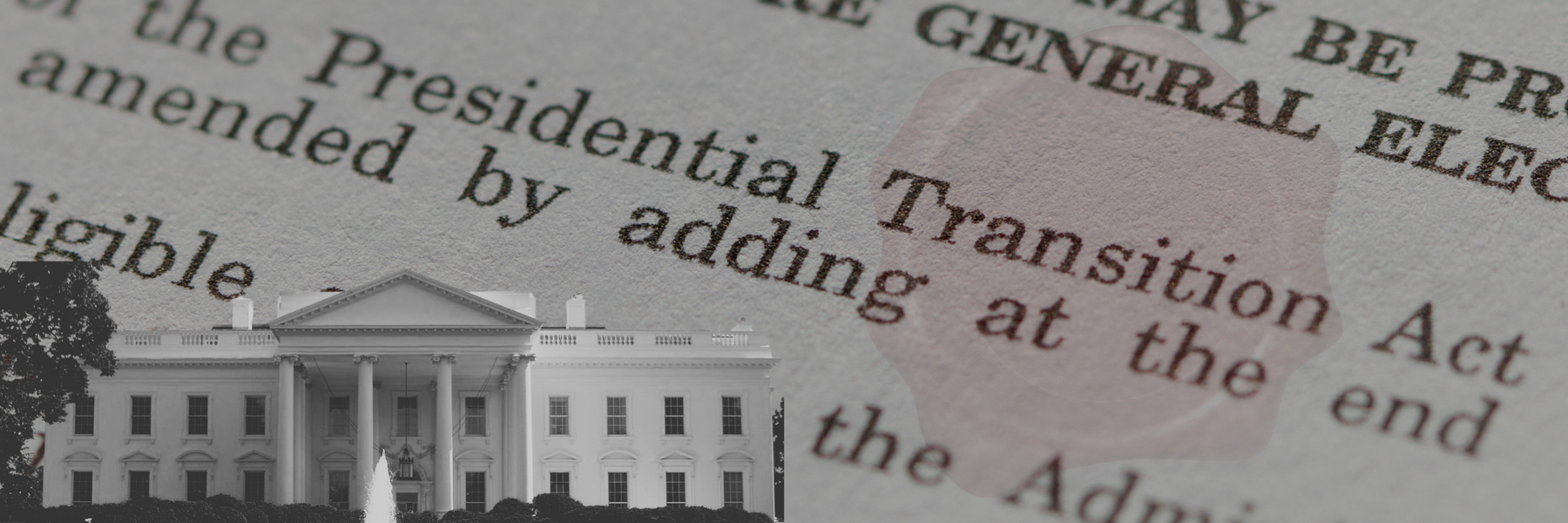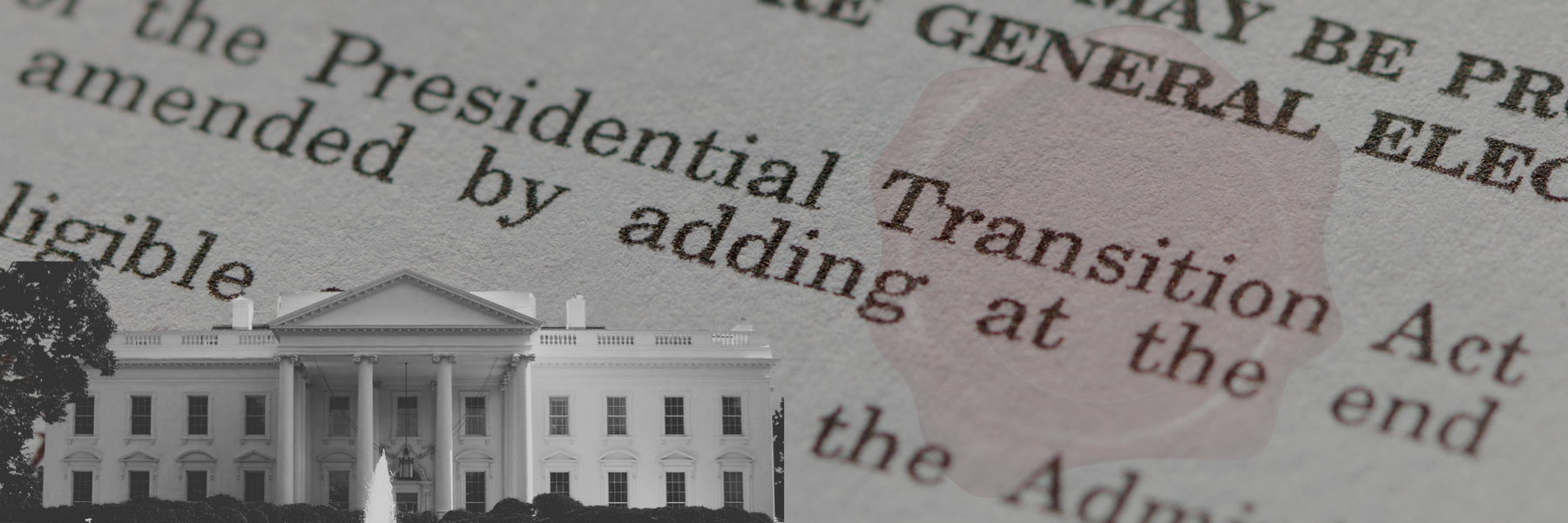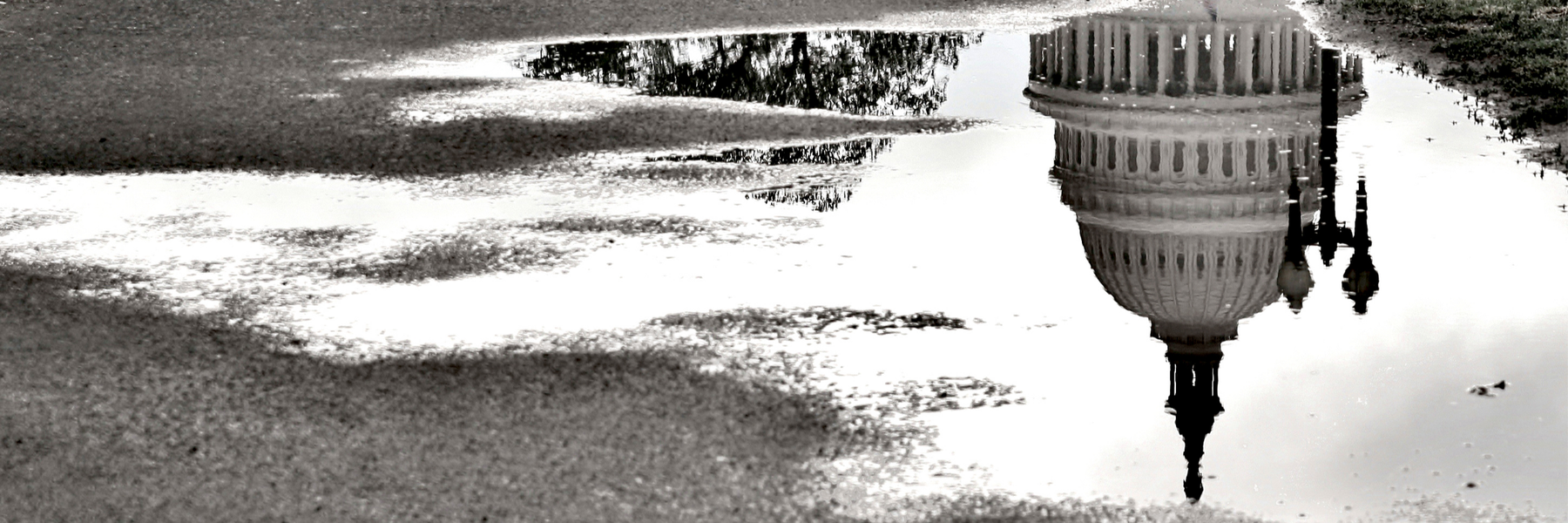The Environmental Protection Agency last week pledged to clear out its backlog of FOIA requests from the Obama administration, but the agency is at the same time experiencing a glut of new requests. This week, we take a close look at the notable successes and frustrations of FOIAing Trump’s EPA.
You can use FOIA to hold the Trump administration accountable by filing a records request of your own, following MuckRock’s “FOIA the Trump Administration” project, and joining our Slack channel to share ideas and get help with your requests. If you have a Trump administration related FOIA you would like us to highlight, share it over email, Twitter, or Facebook and we may include them in the next roundup.
FOIAing Trump’s EPA
Scott Pruitt’s EPA released a statement last week pledging to make a dent in the agency’s significant backlog of requests. The EPA estimates it can return records for the majority of the approximately 600 remaining requests that were filed prior to 2017 by the end of the calendar year. The oldest outstanding request for EPA documents from a MuckRock user was filed in 2015.
While this is undoubtedly great news for requesters, the statement specified that the redoubled effort would focus on requests made prior to Trump taking office. Since Trump took office, the EPA has received a substantial increase in FOIA requests and lawsuits. Many requesters have expressed frustration with the EPA’s handling of this FOIA wave, reporting yearlong estimated waits for records and slow responses to status questions.
Anybody out there getting @EPA FOIA responses? Because I’m pretty much getting a big middle finger on everything.
— Abrahm Lustgarten (@AbrahmL) October 26, 2017
I've received a note from @EPA that my public records request filed 7/31/17 has an estimated completion date of 8/21/2018. pic.twitter.com/7uPoCtmULX
— Emily Holden (@emilyhholden) October 13, 2017
The EPA's Office of Public Affairs is telling FOIA requesters that processing time is now one year.#FOIAfail pic.twitter.com/Kaj9NiyDOk
— Russ @ AltGov2 / MemoryHole2 (@thememoryhole2) October 12, 2017
Still, FOIA requests have managed to contribute significantly to oversight of Trump’s EPA. An In These Times story about Monsanto’s effort to influence the scientific debate about Glyphosate relied on the EPA Office of Pesticides Programs’ cleared science reviews, made available through FOIA. E&E News used FOIA to determine which programs and localities were hardest hit by the EPA’s staff buyouts. The Environmental Defense Fund obtained communications showing Trump’s EPA transition team wanted to fire the agency’s Inspector General. MuckRock requester Alexander Rony obtained a list of positions the EPA is unable to fill because of the Trump administration’s hiring freeze.
Trump’s EPA faces FOIA lawsuits over its failure to release a variety of requested documents, such as those pertaining to Administrator Pruitt’s potential conflicts of interest, allegedly politically-motivated grant cancellations, and the agency’s process for rolling back regulations.
A revealing FOIA denial
It’s not every day that a significant scoop comes from a FOIA denial. Special Investigator Robert Mueller’s investigation into the activities of General Michael Flynn likely includes Flynn’s tenure as head of the Defense Intelligence Agency. BuzzFeed’s Jason Leopold learned this when his three-year-old FOIA for Flynn’s emails as head of DIA were denied because disclosure could “interfere with ongoing law enforcement investigative activities.” Previously, the scope of Mueller’s investigation was thought to only include General Flynn’s activities after he left DIA.
MuckRock requests to explore:
MuckRock’s Beryl Lipton filed requests for materials pertaining to the agency deregulation task forces established by Trump’s executive order. You can explore the several completed requests and track the remaining pending requests here.
Join our Slack channel to share ideas for FOIAing the Trump administration or to get help with your own requests.
Image by Lorie Shaull via Wikimedia Commons and licensed under Creative Commons BY-SA 2.0.




